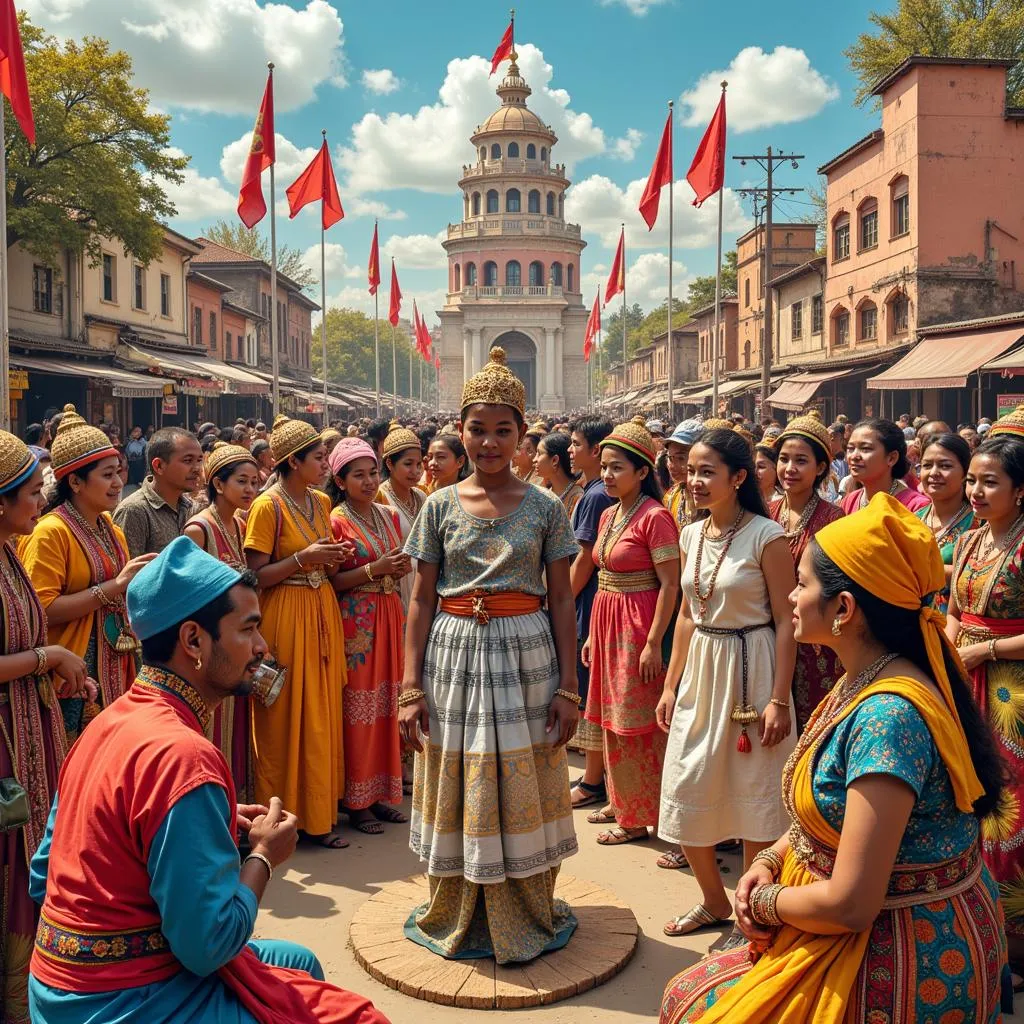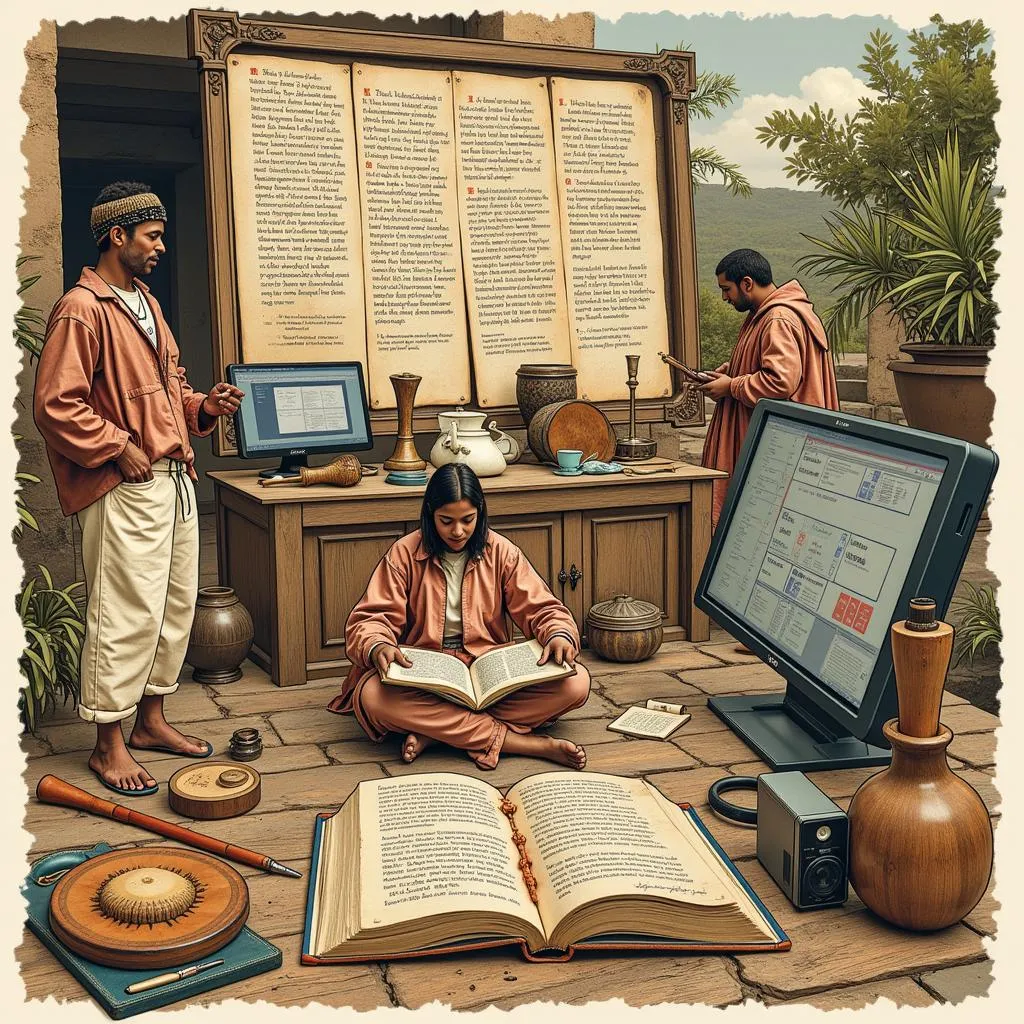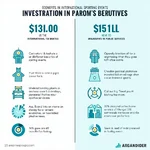The topic of promoting arts and culture for national identity is a recurring theme in IELTS Writing Task 2. Based on analysis of past exams and current trends, this subject has appeared frequently and is likely to continue being a popular choice for test-makers. Its relevance to global cultural preservation and national pride makes it an ideal topic for assessing candidates’ ability to discuss complex societal issues.
Let’s examine a typical question on this topic:
Some people think that governments should spend money on promoting traditional arts and cultures. Others think this money should be spent on more important things. Discuss both views and give your own opinion.
Analyzing the Question
This question presents a classic IELTS debate format, asking candidates to discuss two opposing views and then provide their own perspective. The key elements to address are:
- The argument for government spending on traditional arts and cultures
- The argument for allocating funds to “more important things”
- Your personal opinion on the issue
It’s crucial to balance your discussion of both viewpoints before presenting your own stance. Let’s look at sample essays for different band scores, starting with a high-band response.
Sample Essay 1 (Band 8-9)
In an era of rapid globalization, the debate over government funding for traditional arts and cultures versus other priorities has become increasingly pertinent. While some argue that preserving cultural heritage should be a governmental focus, others contend that resources would be better allocated to more pressing concerns. This essay will examine both perspectives before offering a balanced view.
Proponents of government investment in traditional arts and cultures argue that these elements are fundamental to a nation’s identity and social cohesion. By promoting indigenous art forms, music, and customs, governments can foster a sense of national pride and unity among citizens. This cultural reinforcement can be particularly vital in multicultural societies, where it helps maintain a distinct national character amidst diversity. Moreover, a rich cultural heritage can boost tourism, providing economic benefits that justify the initial investment.
On the other hand, critics argue that in a world faced with numerous challenges, governments should prioritize spending on more critical areas such as healthcare, education, and infrastructure. They contend that allocating substantial funds to arts and culture is a luxury that many nations cannot afford, especially when basic needs of citizens remain unmet. From this perspective, improving living standards and ensuring economic stability should take precedence over cultural preservation.
In my opinion, while it is essential to address immediate societal needs, the promotion of traditional arts and culture should not be neglected. A balanced approach that allocates reasonable funding to cultural initiatives alongside other crucial sectors is ideal. Governments can seek innovative ways to integrate cultural promotion into education and tourism, thereby serving multiple objectives simultaneously. This strategy not only preserves national heritage but also contributes to economic growth and social well-being.
In conclusion, the question of government spending on traditional arts and cultures versus other priorities is not a matter of choosing one over the other, but rather finding an equilibrium. By recognizing the intrinsic value of cultural heritage and its potential to contribute to national development, governments can make informed decisions that benefit society both culturally and practically.
(Word count: 329)
Explanation of Band 8-9 Score
This essay demonstrates several qualities that contribute to a high band score:
-
Task Achievement: The essay fully addresses all parts of the task, discussing both viewpoints and clearly stating a personal opinion.
-
Coherence and Cohesion: The essay is well-organized with clear paragraphing and effective use of cohesive devices.
-
Lexical Resource: A wide range of vocabulary is used accurately and appropriately, with sophisticated word choices.
-
Grammatical Range and Accuracy: The essay displays a variety of complex structures used accurately, with only minor errors.
-
Development of Ideas: Each point is well-developed with relevant examples and explanations.
 Promoting arts and culture for national identity
Promoting arts and culture for national identity
Sample Essay 2 (Band 6-7)
Nowadays, there is a debate about whether governments should spend money on promoting traditional arts and cultures or focus on other important issues. This essay will discuss both sides of this argument and give my opinion.
On one hand, some people believe that governments should invest in traditional arts and cultures. They argue that these things are important for keeping a country’s identity and history alive. For example, by supporting traditional music or dance, a country can make sure its unique culture is not forgotten. This can also help attract tourists, which is good for the economy.
On the other hand, others think that government money should be used for more important things. They say that problems like poverty, healthcare, and education need more attention. These people believe that improving basic living conditions for citizens is more urgent than preserving culture. They might argue that once these basic needs are met, then money can be spent on arts and culture.
In my opinion, both views have some truth. I think governments should try to find a balance between promoting culture and addressing other important issues. It’s possible to do both by carefully planning how money is spent. For instance, cultural programs could be included in schools, which would help preserve traditions while also improving education.
To conclude, while there are arguments for both sides, I believe the best approach is to find a way to support traditional arts and cultures without neglecting other crucial areas of society. Governments need to be smart about how they use their resources to benefit all aspects of their country.
(Word count: 269)
Explanation of Band 6-7 Score
This essay demonstrates characteristics typical of a Band 6-7 response:
-
Task Achievement: The essay addresses all parts of the task, though the discussion and opinion could be more fully developed.
-
Coherence and Cohesion: The essay is generally well-organized, but could use more sophisticated linking words.
-
Lexical Resource: There is a sufficient range of vocabulary, but more advanced words could be used.
-
Grammatical Range and Accuracy: The essay uses a mix of simple and complex sentences with generally good control.
-
Development of Ideas: Ideas are relevant but could be extended with more specific examples or deeper analysis.
The effects of global trade on cultural diversity is another important aspect to consider when discussing the promotion of traditional arts and cultures. As nations become more interconnected, preserving cultural identity becomes increasingly challenging yet crucial.
Key Vocabulary to Remember
-
Cultural heritage (noun) – /ˈkʌltʃərəl ˈherɪtɪdʒ/ – The legacy of physical artifacts and intangible attributes of a group or society.
-
Indigenous (adjective) – /ɪnˈdɪdʒɪnəs/ – Originating or occurring naturally in a particular place.
-
Multicultural (adjective) – /ˌmʌltiˈkʌltʃərəl/ – Relating to or containing several cultural or ethnic groups within a society.
-
Preservation (noun) – /ˌprezərˈveɪʃən/ – The act of maintaining something in its original state or in good condition.
-
Allocate (verb) – /ˈæləkeɪt/ – To distribute for a particular purpose.
-
Intrinsic (adjective) – /ɪnˈtrɪnsɪk/ – Belonging naturally; essential.
-
Cohesion (noun) – /kəʊˈhiːʒən/ – The action or fact of forming a united whole.
-
Equilibrium (noun) – /ˌiːkwɪˈlɪbriəm/ – A state of balance between different forces or aspects.
 Cultural heritage preservation techniques
Cultural heritage preservation techniques
Conclusion
The topic of promoting arts and culture for national identity is likely to remain relevant in IELTS Writing Task 2. Future questions might explore related themes such as:
- The impact of globalization on local cultures
- The role of education in preserving traditional arts
- Balancing modernization with cultural preservation
- The economic benefits of cultural tourism
To prepare effectively, practice writing essays on these topics, focusing on developing balanced arguments and clear personal opinions. Remember to use a range of vocabulary and complex sentence structures to enhance your writing.
We encourage you to practice writing an essay on the question provided in this article. Share your essay in the comments section for feedback and discussion. This active practice is an excellent way to improve your IELTS Writing skills and gain confidence in tackling similar topics in the actual test.
How do cultural festivals foster global unity is another interesting angle to explore when considering the importance of promoting arts and culture. These festivals not only preserve traditions but also create opportunities for cultural exchange and understanding on an international scale.


